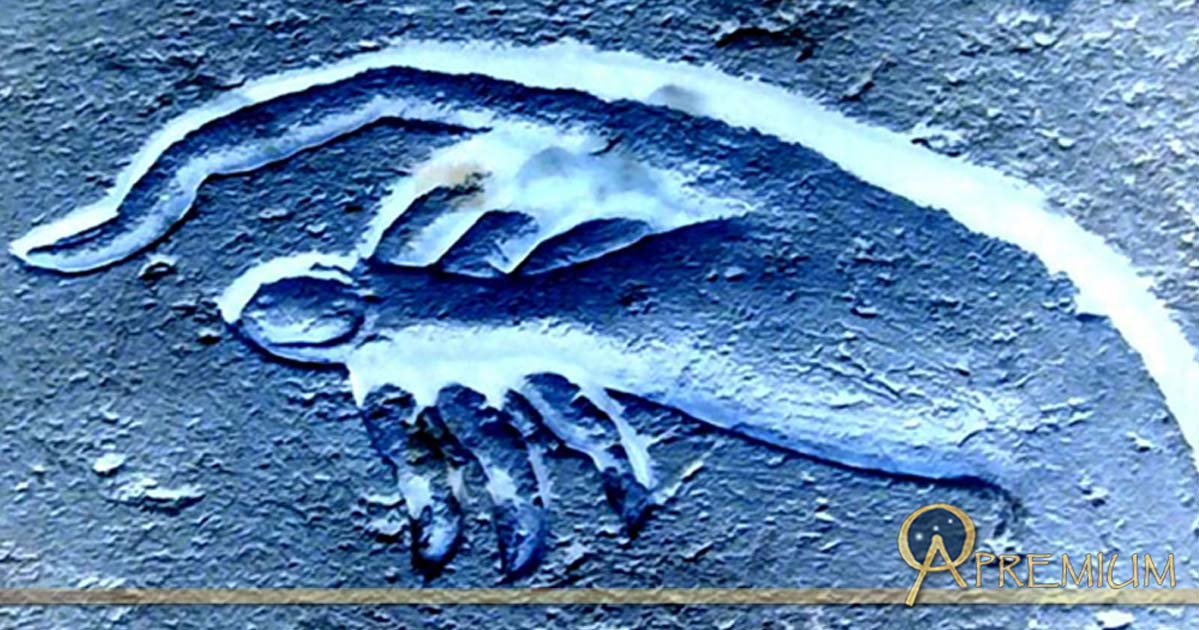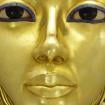Understanding the Monotheism of Akhenaten: Solar Disc Thrust into Eternal Darkness–Part II
At first glance it appears as though Pharaoh Akhenaten is someone whom one would describe as a textbook monotheist, but are we missing the plot? Apart from Amun (and later, Osiris) the king doesn’t seem to have come down heavily on other deities in the pantheon. Though not banned outright, their worship was not encouraged either—or perhaps there was an uneasy accommodation. We find evidence of clandestine adoration in Amarna—hidden shrines and images of popular deities, such as Bes and Taweret; and scarabs too. Did the sweeping changes that Akhenaten introduced arise more due to economic, rather than religious, considerations?

It is difficult to peer back through the mists of time and grasp the true philosophy of Akhenaten’s new religion. We are left to fill in the missing pieces with informed speculation. This sculpted face of one of the king’s colossal statues was found at Karnak Temple. Luxor Museum.
Clash with Clergy and Economic Challenges
During the reign of Amenhotep III, Amun-Ra’s priests, who were wealthy beyond imagination, were perhaps within range of imperiling the supremacy and sanctity of the throne. This certainly did not augur well for the future course of kingship. Against this backdrop, there is little doubt that the changes in religion and diversion of revenue greatly benefited the treasury of Akhenaten. Economy was clearly a focus in the revolution. The Boundary Stelae record officials saying: ‘May his Lordship govern from Akhetaten. May you conduct every land to him (the Aten). May you tax the towns and islands for him. Every city down to... every... belonging in its entirety to the Aten, in accordance with what he himself ordains ...’

(Left) A sandstone Karnak Temple relief from early in Akhenaten’s reign shows him with Ra-Horakhty, traditionally depicted with a hawk’s head. Neues Museum, Berlin. (Right) An inscribed limestone fragment from Amarna shows an early Aten cartouche, “the Living Ra-Horakhty”. Petrie Museum, London. (Photo: Osama Shukir Muhammed Amin FRCP(Glasg)/CC BY-SA 4.0).
“Some have proposed that Akhenaten's religious revolution was a backlash against the powerful and allegedly corrupt priesthood of the god Amun, who controlled tremendous economic resources and supposedly infringed on the authority of the pharaoh. While the temple estate of the god Amun possessed land and personnel far beyond Thebes, the New Kingdom clergy of Amun was dependent on the beneficence of the pharaoh—the priesthood of Amun was powerful because of, not in spite of, the authority of the pharaoh,” John Darnell and Colleen Manassa posit.
- Objects of Wonder: The Symbolism and Suspense behind Ancient Egyptian artifacts
- Pharaoh Akhenaten: A Different View of the Heretic King
- The Art of Amarna: Akhenaten and his life under the Sun

Funerary figurine of Isis, ‘Singer of the Aten’. During Akhenaten’s reign, the traditional gods were forsaken, and so, this shabti is not inscribed with Spell Six from the Book of the Dead and makes no mention of the funerary god Osiris, as was the norm. Instead, prayers to the king and the Aten were used. Metropolitan Museum of Art, New York.
Akhenaten’s undertaking was of epic proportions, as Dr Erik Hornung explains, “The vast extent of the reorganization was unique – religion, art, language, and literature were affected, and surely also the administration and the economy, for a little later the temples of the traditional deities would be closed, and their priests dismissed from state service…” One of our first glimpses of Akhenaten as Amenhotep IV is in a formal, stylized depiction on the blocks from Pylon III in the sprawling temple of Amun-Ra at Karnak.
In fact, by studying these wall carvings we can probably pinpoint the exact time when the king decided to usher in sweeping changes; for there exists a 40-foot-high (12-meter-high) relief of him depicted in the traditional smiting scene that was commissioned immediately after he came to power. The fact that it is unfinished could well mark the dramatic, watershed moment…
Like this Preview and want to read on? You can! JOIN US THERE ( with easy, instant access ) and see what you’re missing!! All Premium articles are available in full, with immediate access.
For the price of a cup of coffee, you get this and all the other great benefits at Ancient Origins Premium. And - each time you support AO Premium, you support independent thought and writing.
Independent researcher and playwright Anand Balaji is an Ancient Origins guest writer and author of Sands of Amarna: End of Akhenaten
--
Top Image: Ancient Egyptian relief. Design by Anand Balaji. (Photo credit: Heidi Kontkanen);Deriv.
By Anand Balaji


















